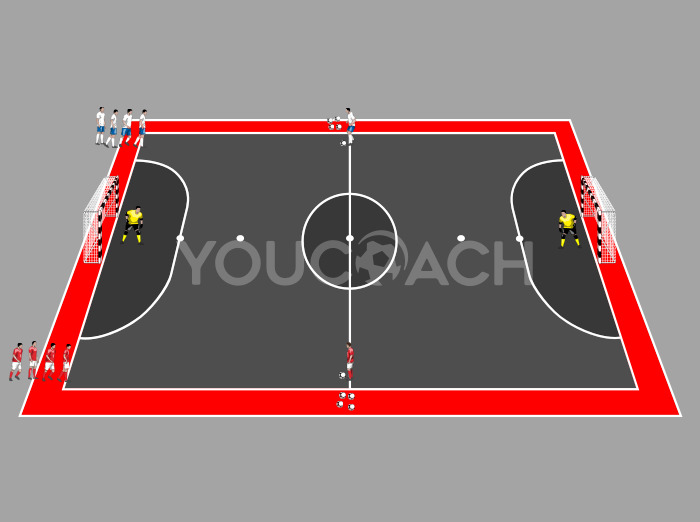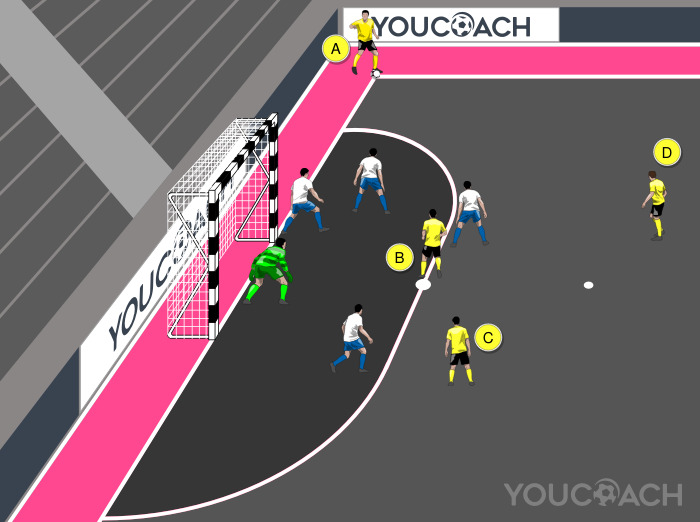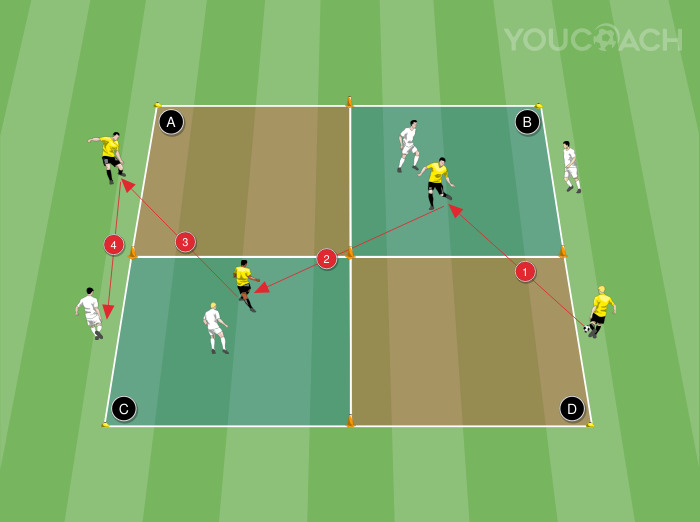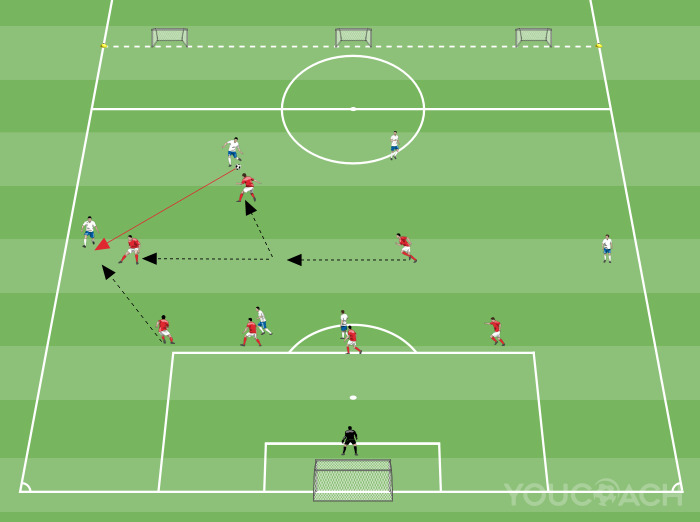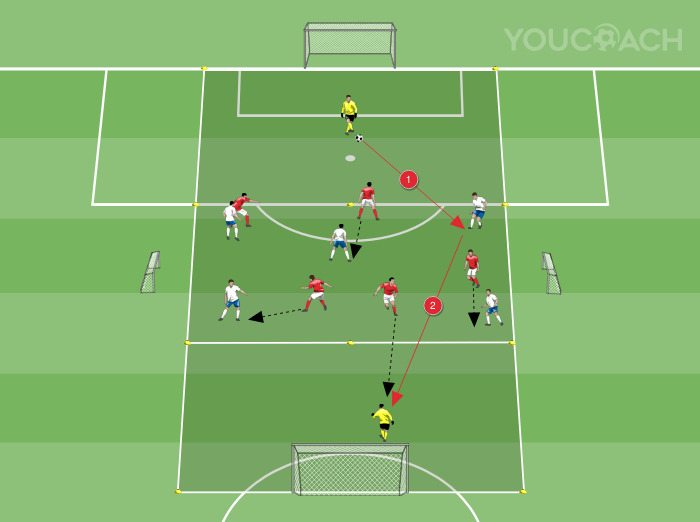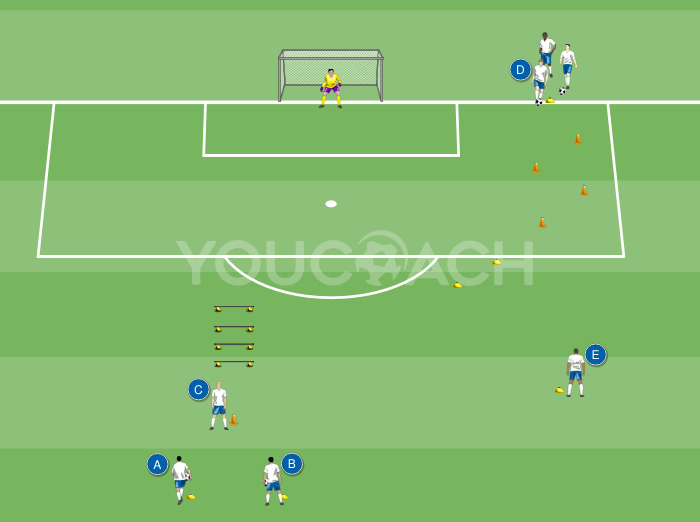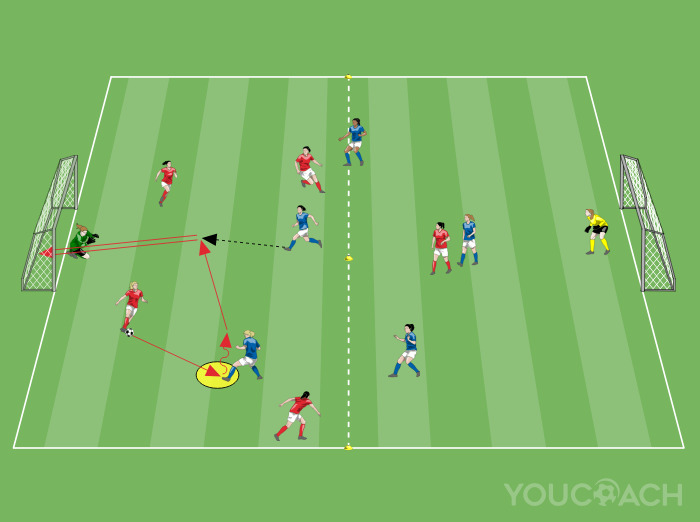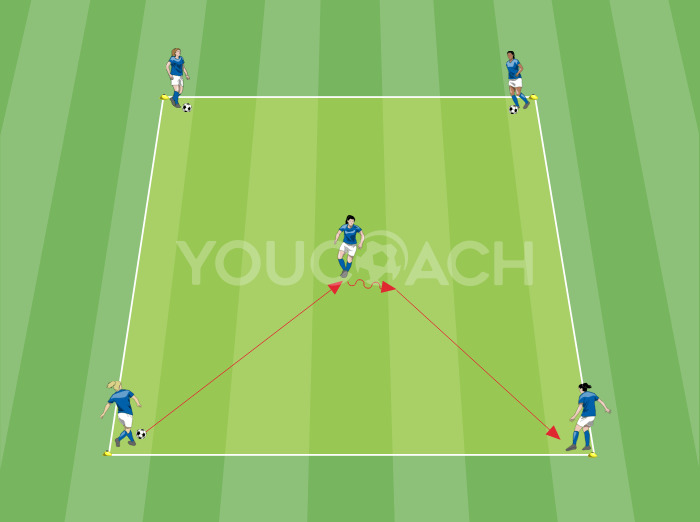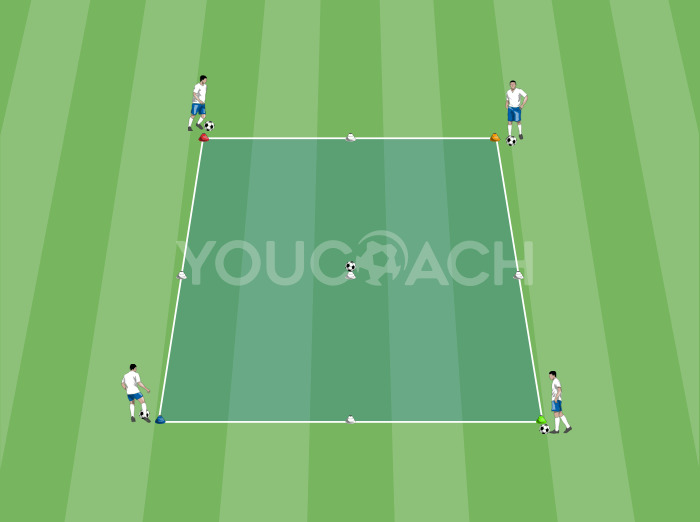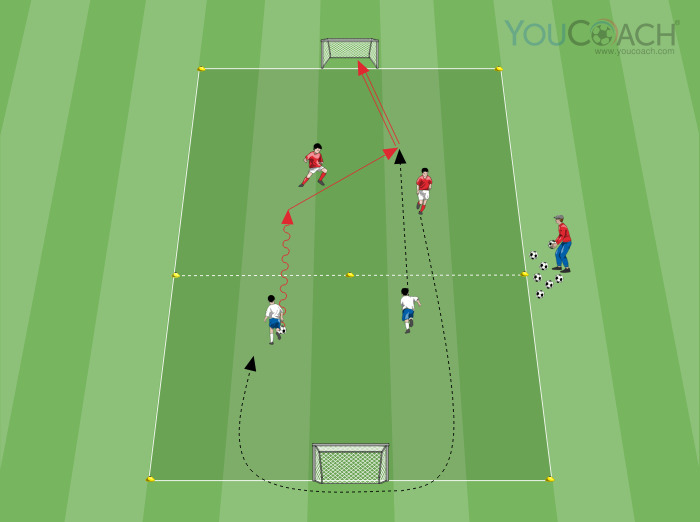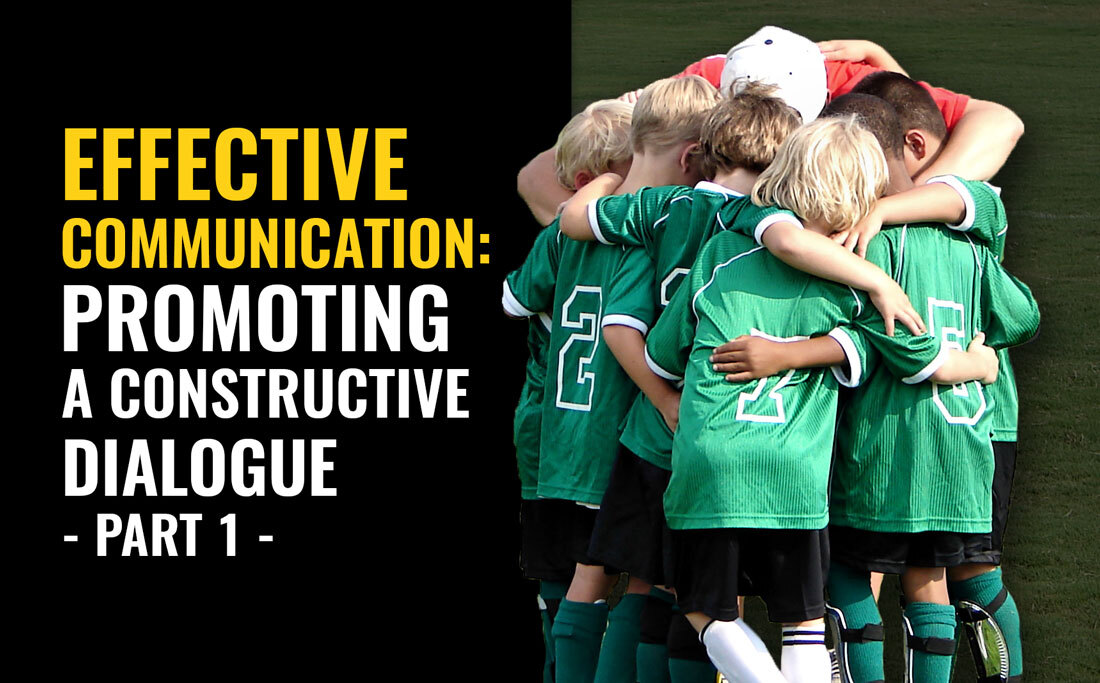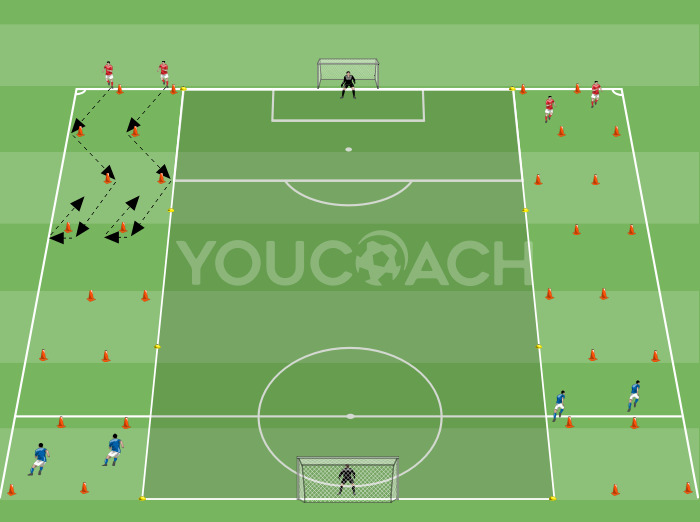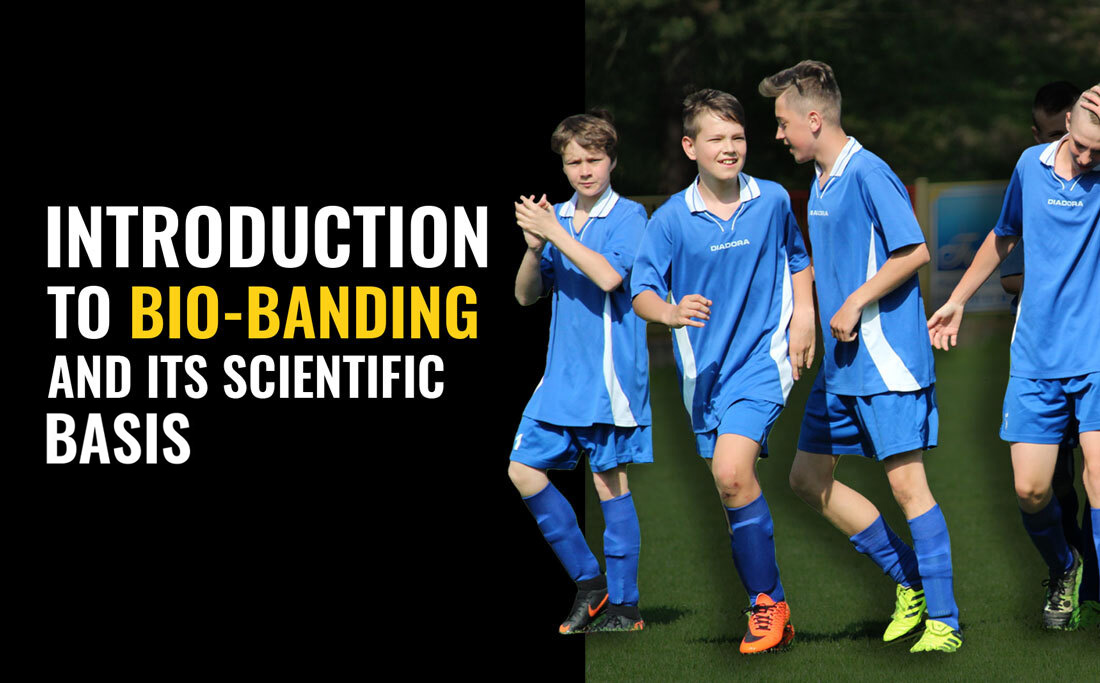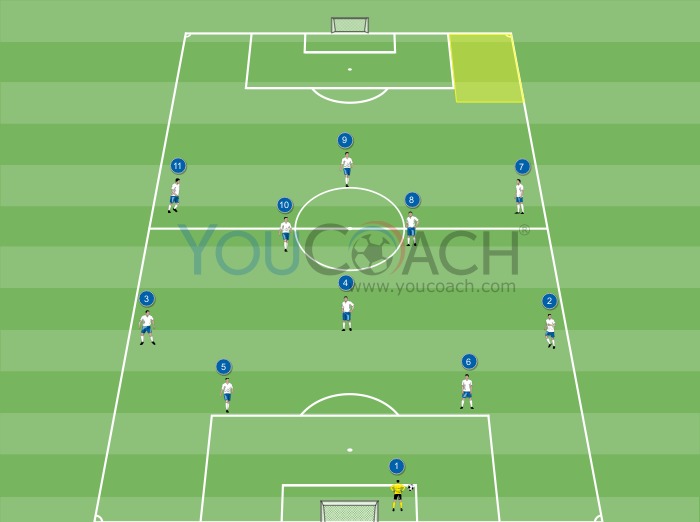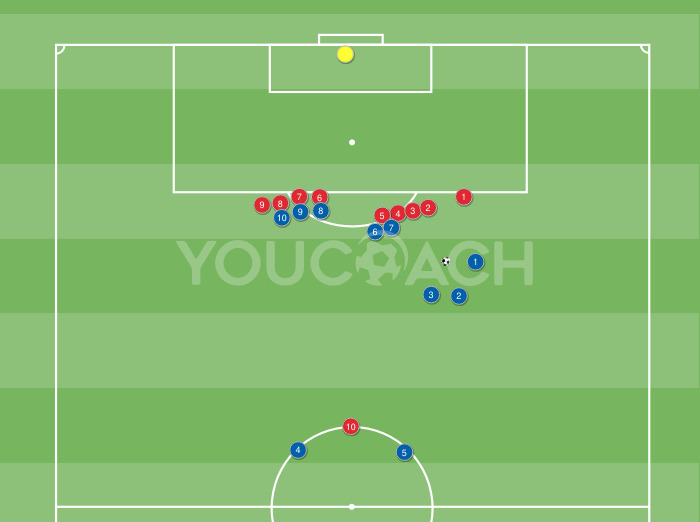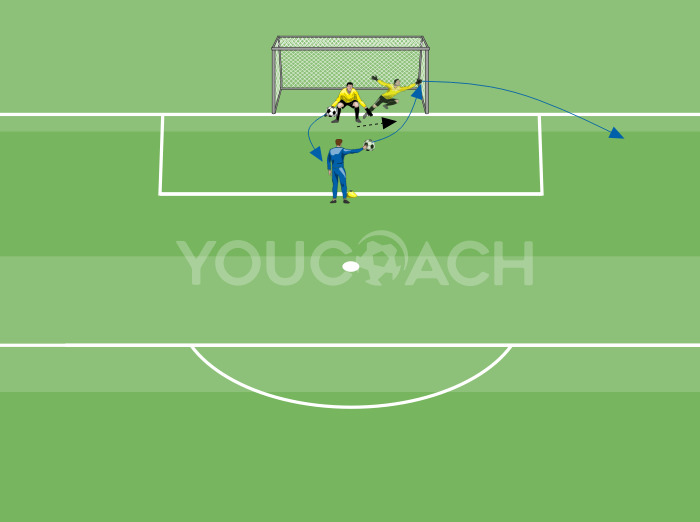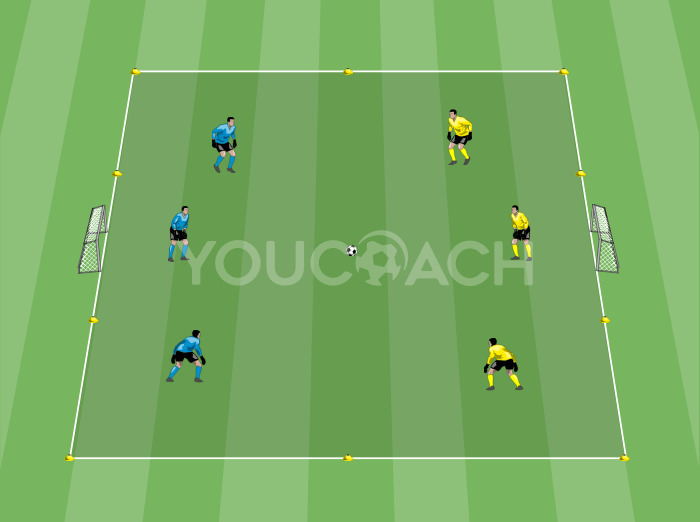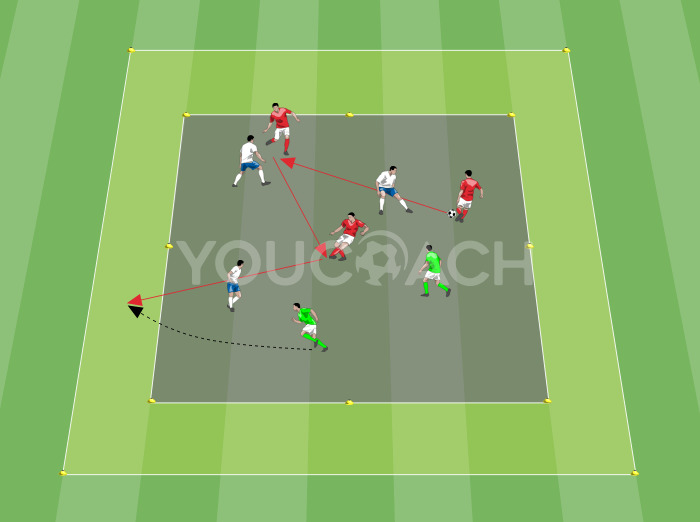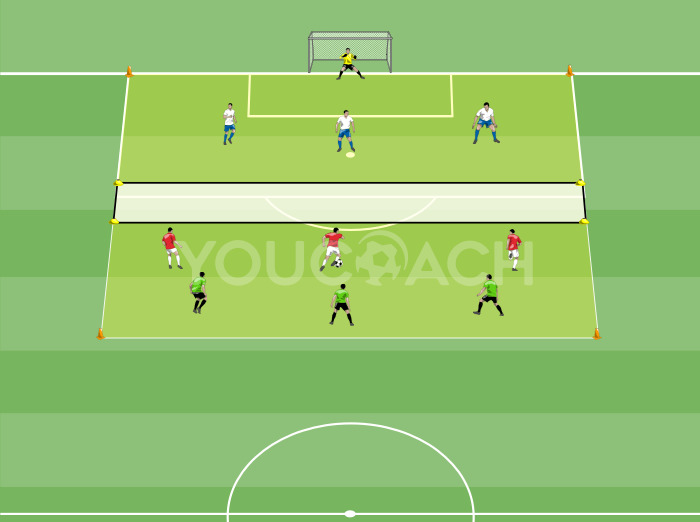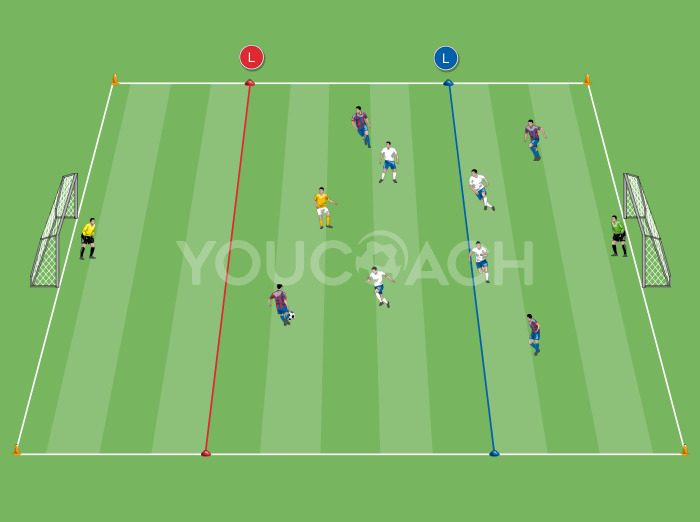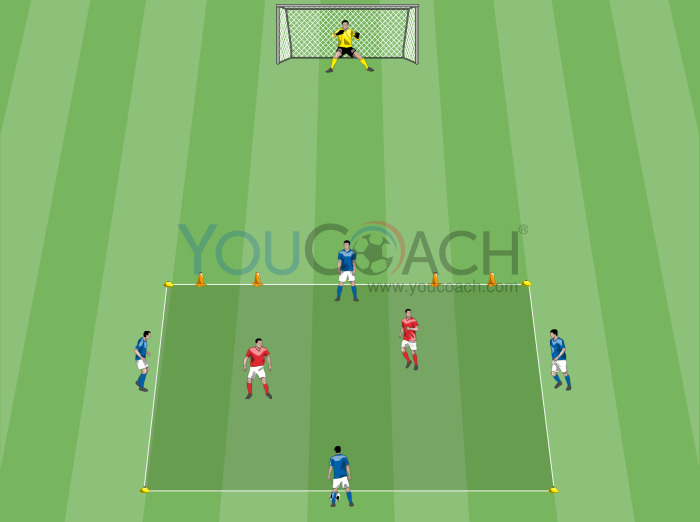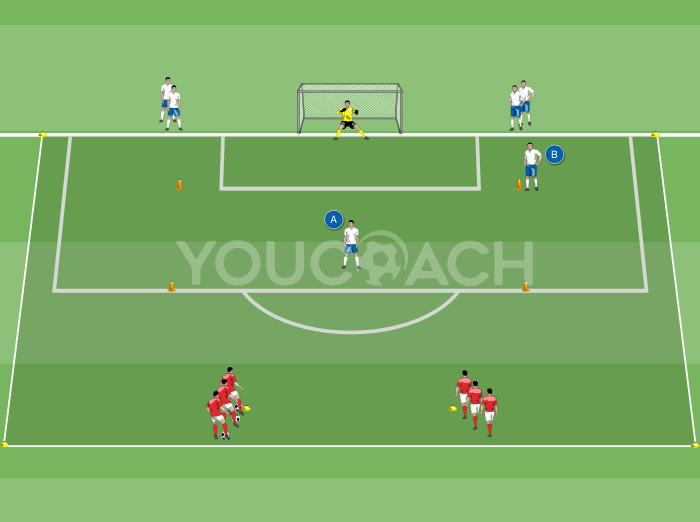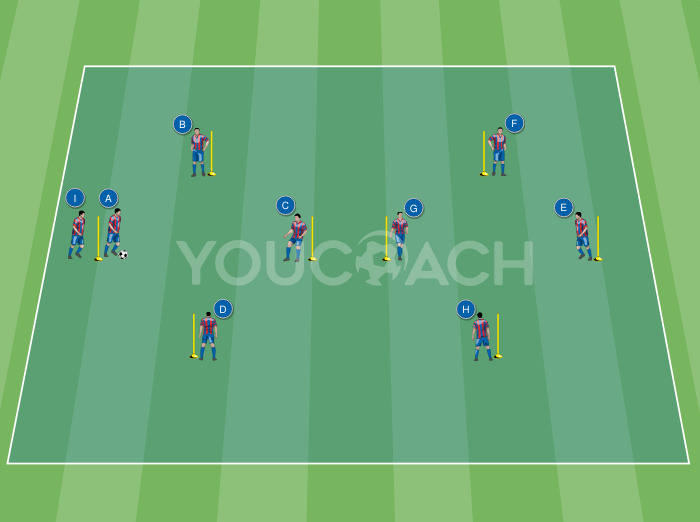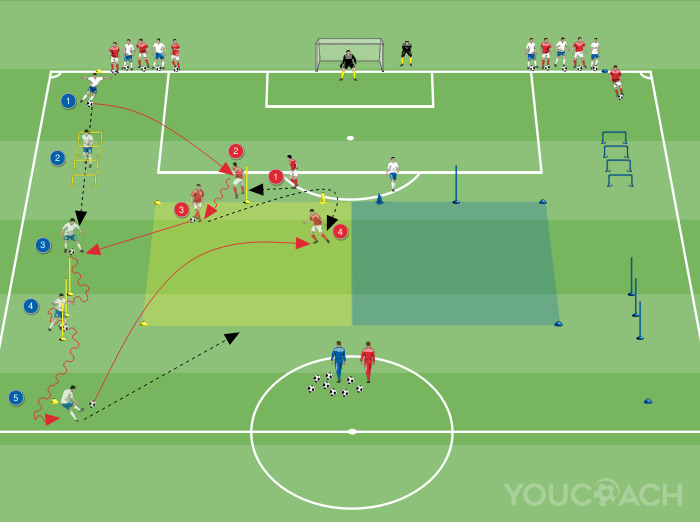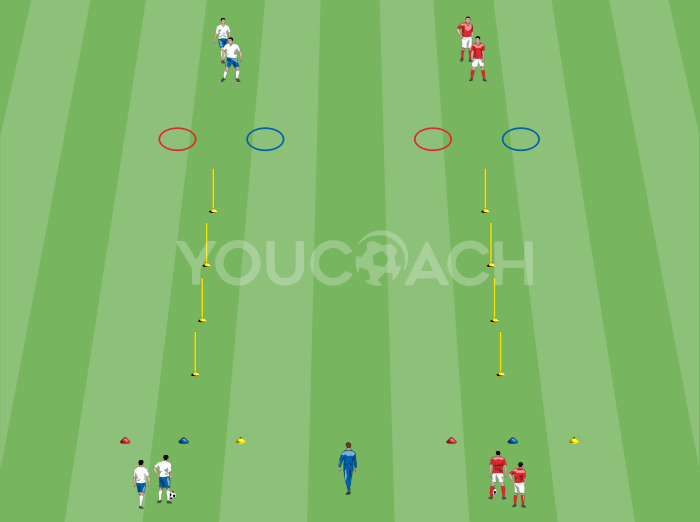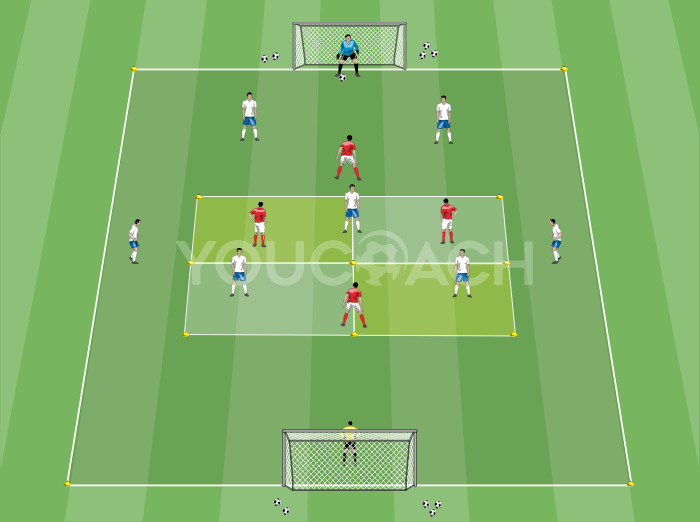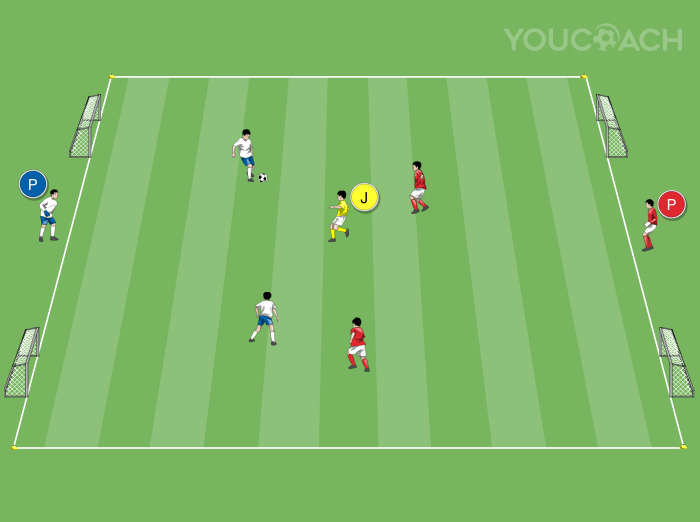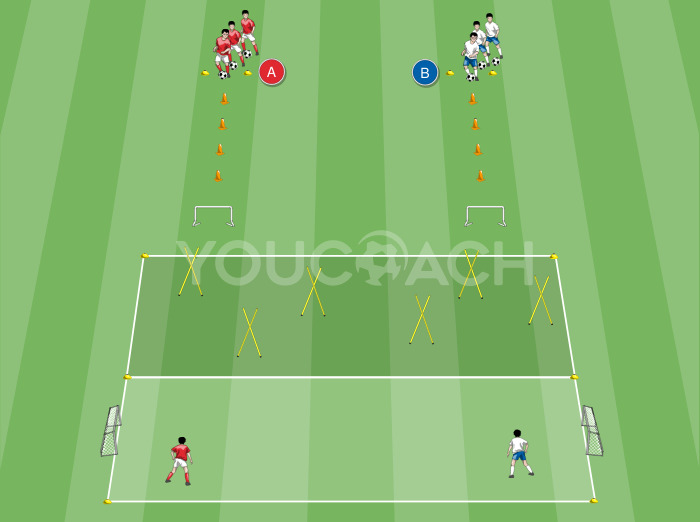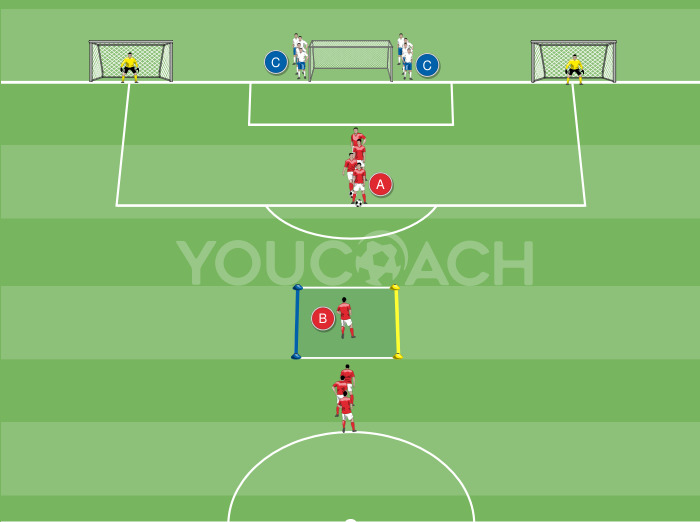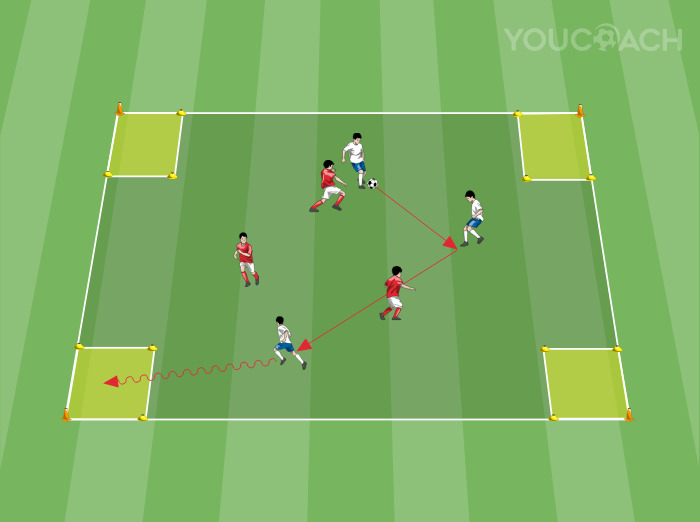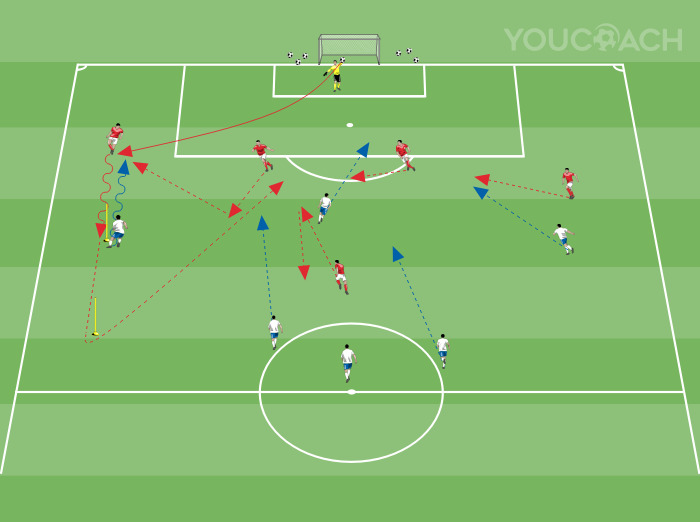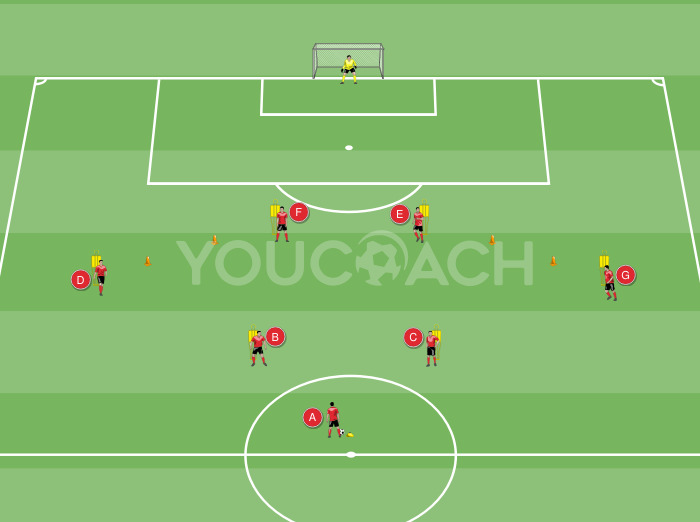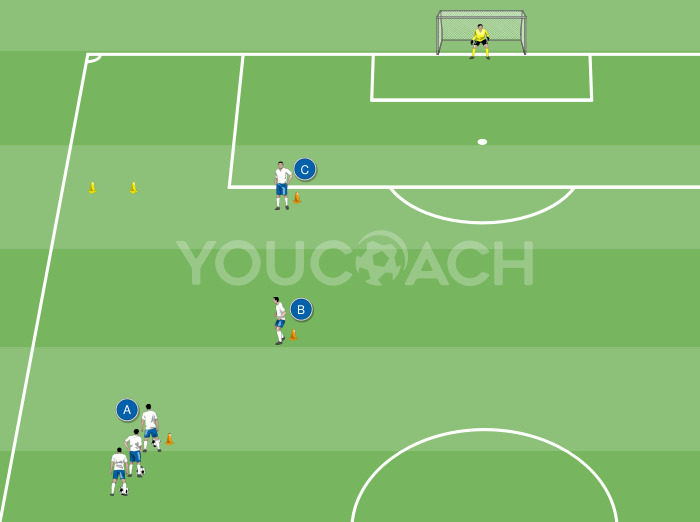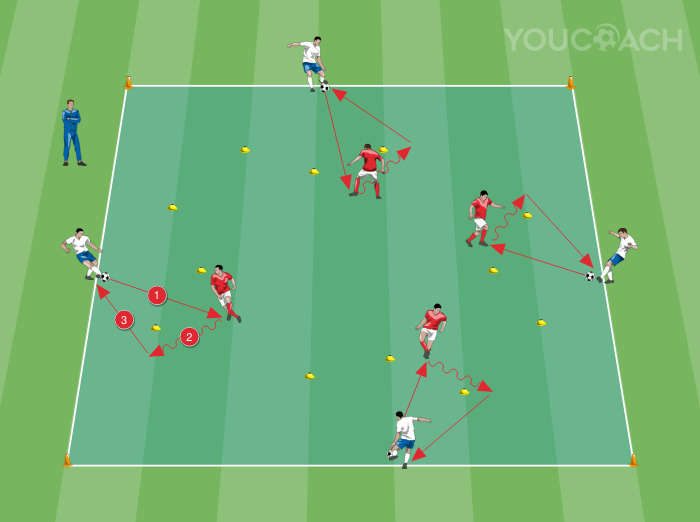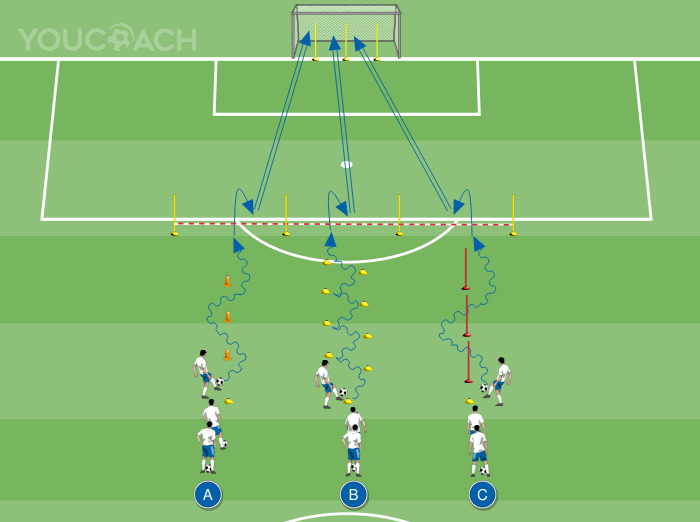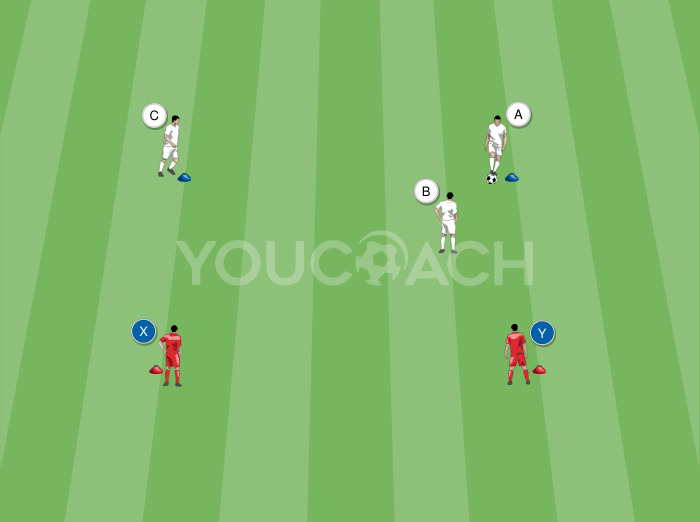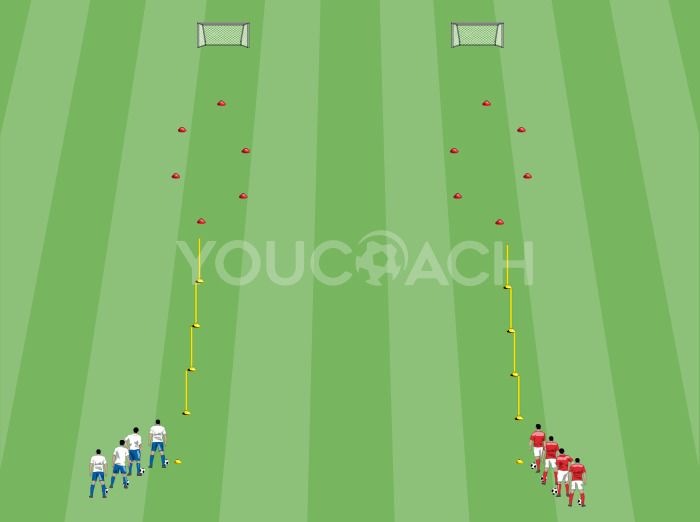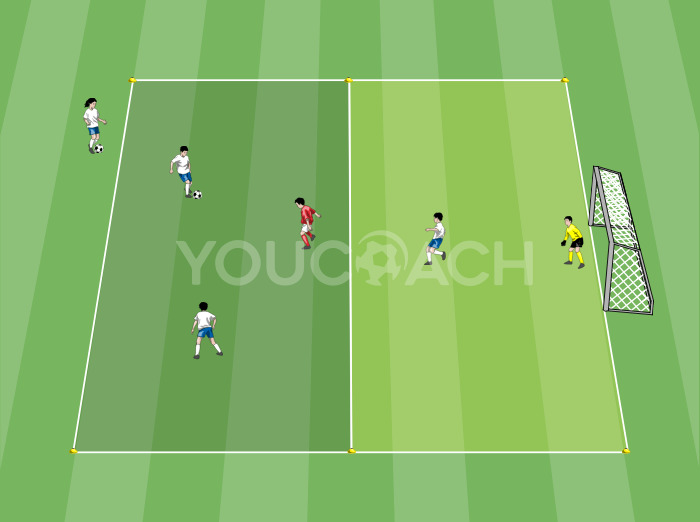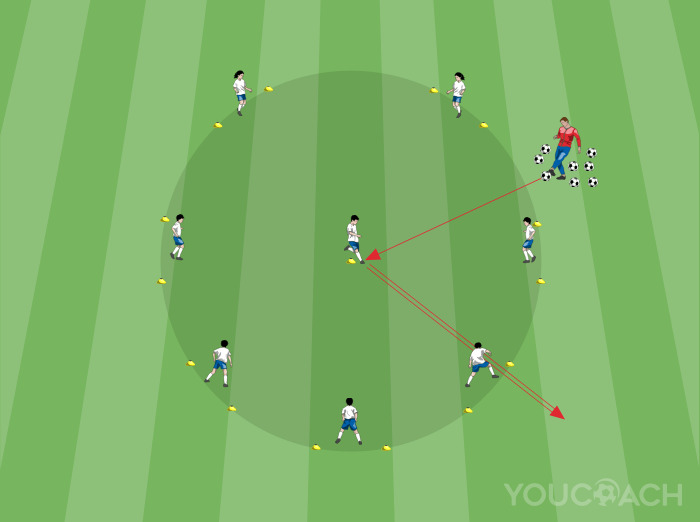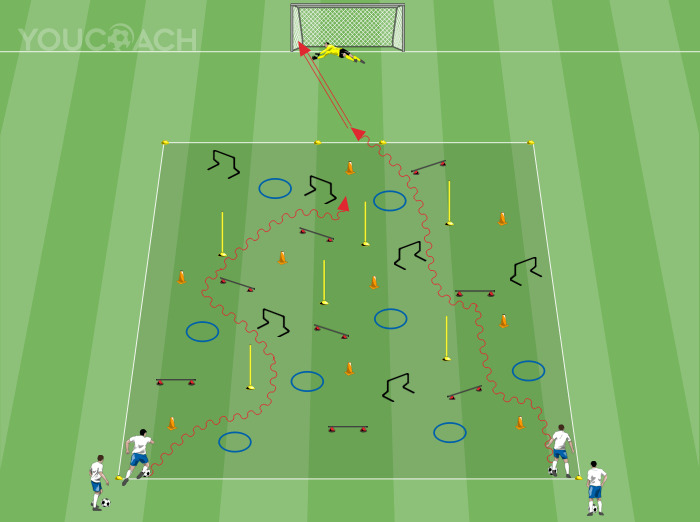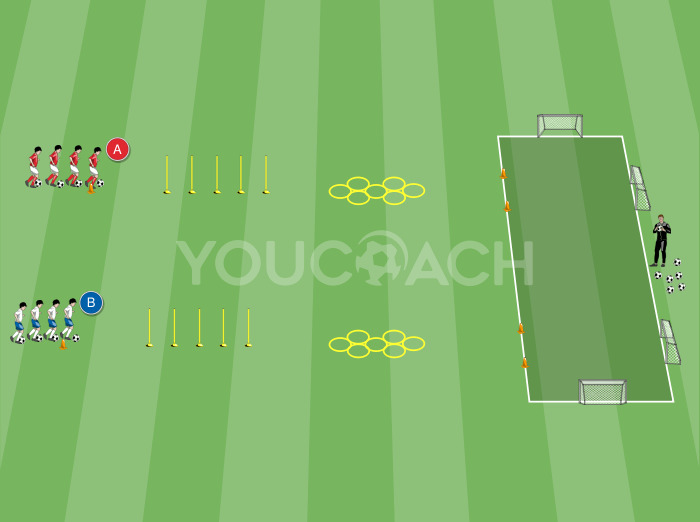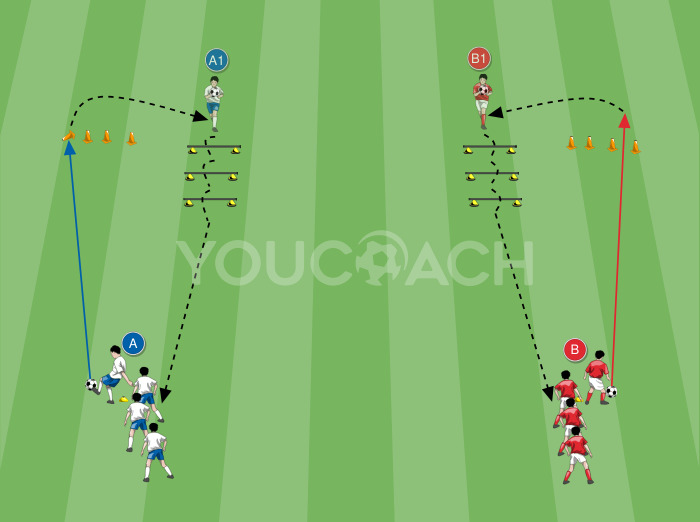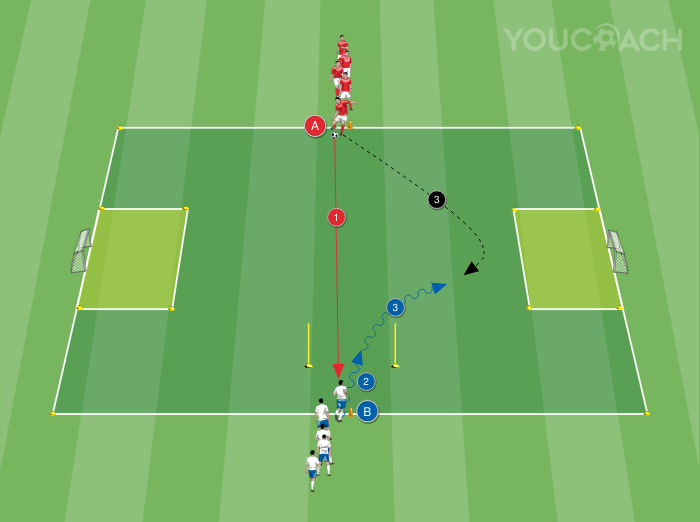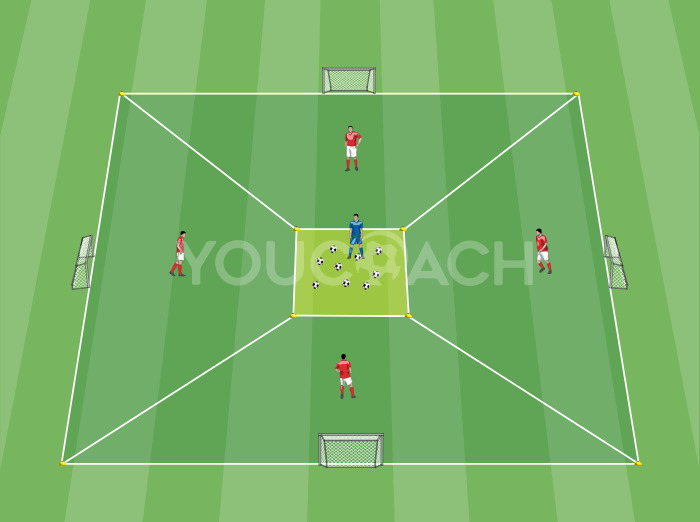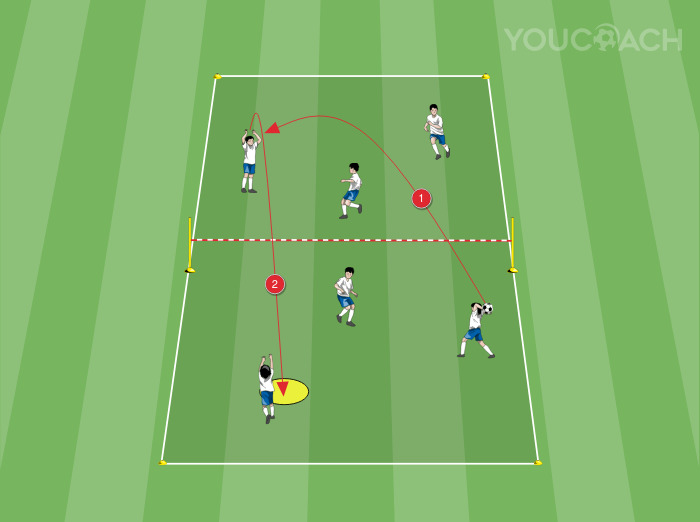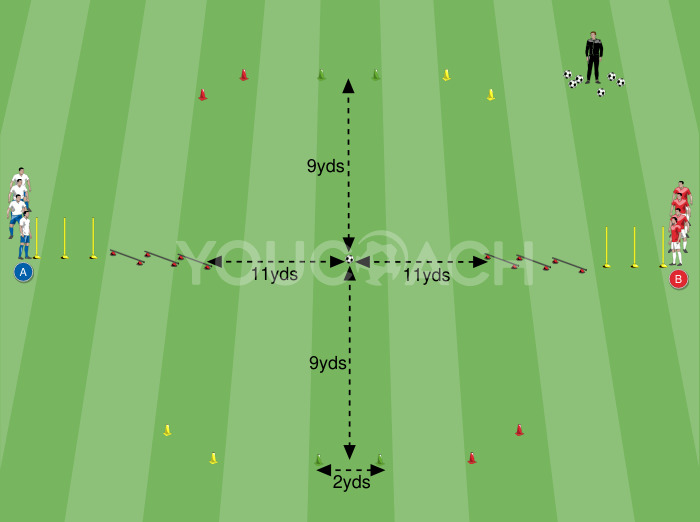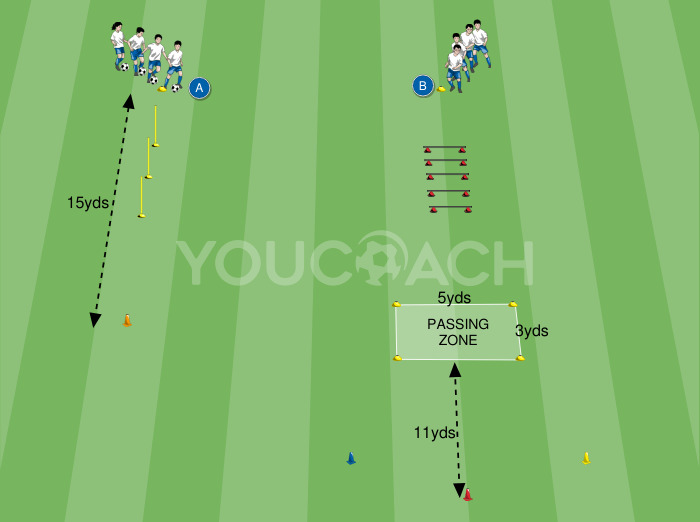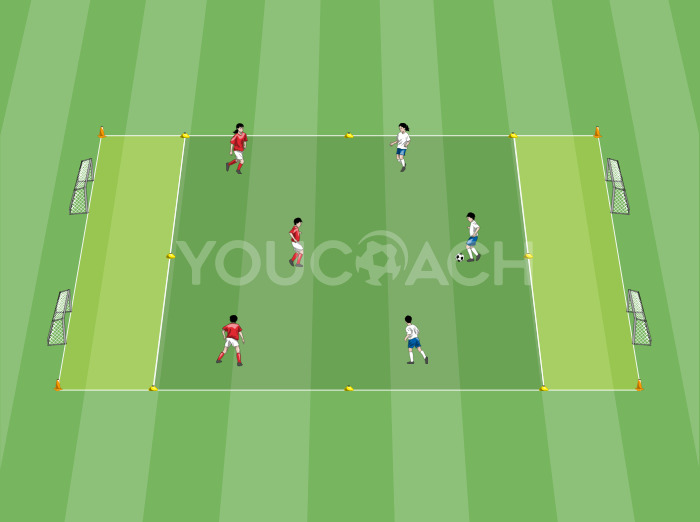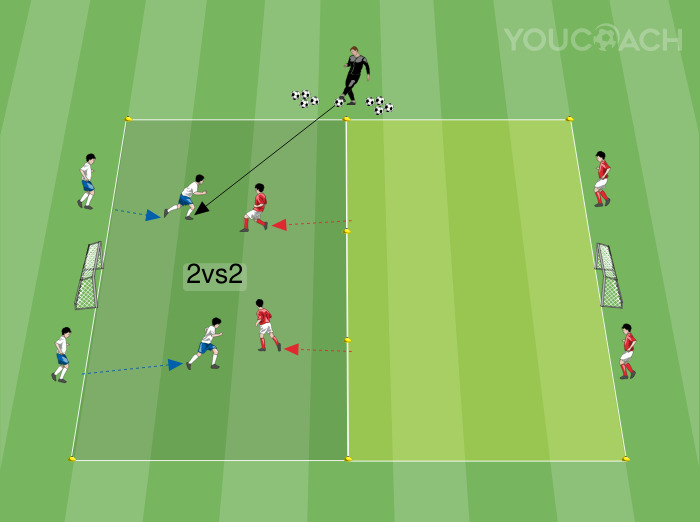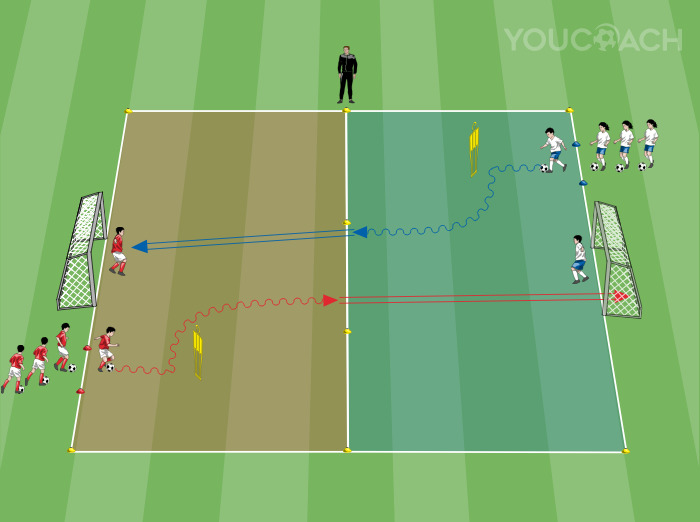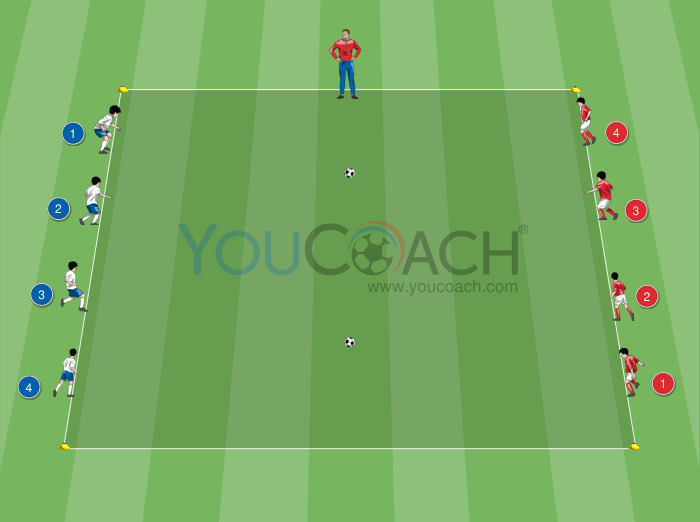Positive Talking: the foundation of effective communication
Goal

|
Form positive sentences in order to communicate effectively. Psychologist Oriandi explains how to communicate avoiding negative sentences. |
 From an early age, children learn their first prohibitions and rules: “Don't touch it… do not run… don't put your hands in your mouth…” .
From an early age, children learn their first prohibitions and rules: “Don't touch it… do not run… don't put your hands in your mouth…” .Growing up, things don't change much, or rather, rules and prohibitions change, but not the way they are enforced: “Don't run (a classic!)… don't jump… stop screaming… don't act like this… do not try to…”.
What about on a soccer field? “Don't hit the ball like that… don't close your posture… don't stop... do not loose balance...”.
The examples are numerous, and they are not always about rules and prohibitions.
I'd like people to think about these phrases and realize that we tend to start our sentences with a “do not” and often we prefer to say what we don't want instead of what should be done.
We are the result of a culture made of rules, prohibitions, of don'ts and shouldn'ts. Sure enough rules and codes of conduct are necessary: rules allow us to live with others, to play soccer and to do a lot of things in respect of other people. However, the same concept can be conveyed in positive terms rather than negative ones, and the benefits are many:
- The grammar structure of the sentence is shorter and easier;
 The concept is clearer;
The concept is clearer;- Under stress (for example before a match, or with a particularly anxious player), when the cognitive load increases, attention gets distributed differently and the environment is considered hostile (noises, shouts, open spaces, etc.): a positive affirmation is easier to accept for a player;
- Focus the attention on the behaviour you want to obtain: if you say “don't hit the ball with the tip of the foot” you indicate what you don't want, but you don't say anything about what should be done instead (in this example, I could hit the ball with the external part of the foot!). So, if you correct a technical gesture, it is better to communicate what should be done;
- All we say with negations becomes stronger;
- Emotionally, a player is more willing to listen to us (nobody likes a no or a not, the feeling is to be criticised and limited in our potential).

It's easy to fall into old communication habits, but if we understand the importance and the value of positive talking, we will probably be more susceptible to change.
Reviewing the examples above, they can all be expressed in positive terms: “Hit the ball!… Open your body … Pass to the right… Keep going…”.
Listen to yourself, listen to your coach colleagues, how they give rules and tips, how they correct players' mistakes (create a useful table with a few examples like the one below).
|
INITIAL PHRASE (Time-consuming and less effective communication) |
POSITIVE AFFIRMATION (Effective communication) |
|---|---|
| Do not slow down | Run! |
| Don't do everything on your own! | Play with your teammates! |
| Do not close your posture | Open your body! |
| ... | ... |
Turn your sentences in positive terms keeping the same concept and with a clear objective in mind. At this point, just repeat the sentence with positive words.
Communication, as any other skill, improves with training!


